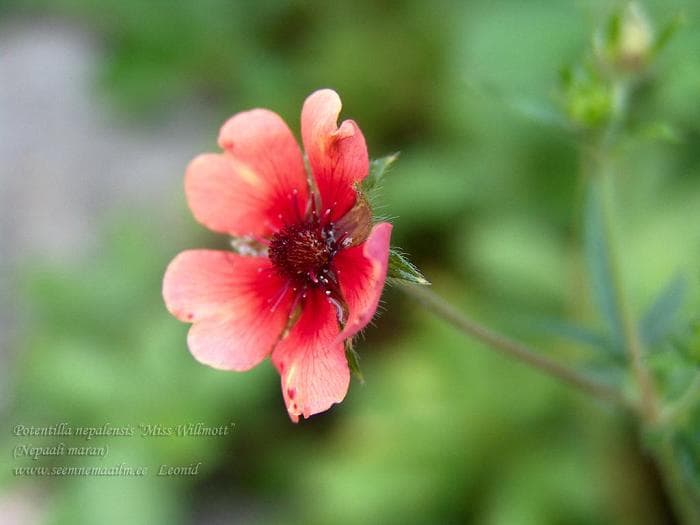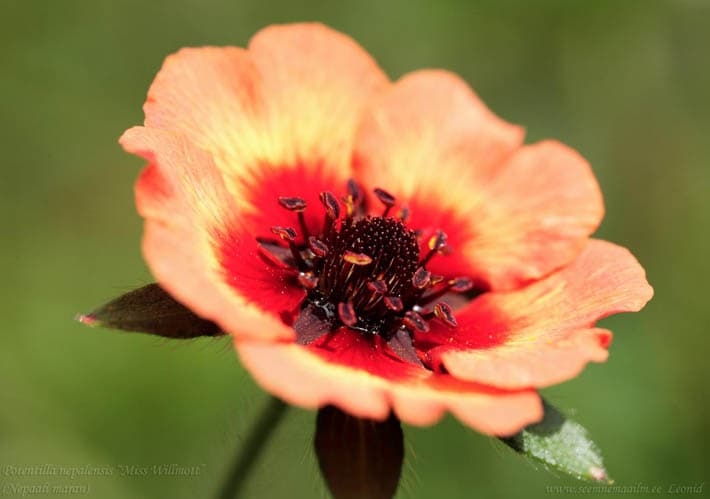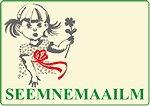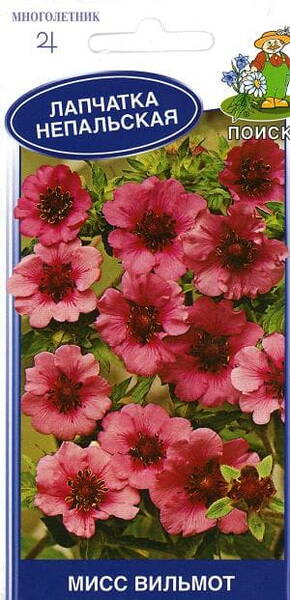Your shopping cart is empty!
Red potentilla
Red potentilla
Perennial growing to 0.6m by 0.6m. It is hardy to zone 5 and is not frost tender. It is in flower from July to August. The flowers are hermaphrodite (have both male and female organs) and are pollinated by Insects. The plant is self-fertile. We rate it 2 out of 5 for usefulness. The plant prefers light (sandy), medium (loamy) and heavy (clay) soils and requires well-drained soil. The plant prefers acid, neutral and basic (alkaline) soils. It can grow in semi-shade (light woodland) or no shade. It requires moist soil. Habitats and Possible Locations Cultivated Beds. Medicinal Uses Disclaimer Depurative. The root is depurative. The ashes are mixed with oil and applied to burns. Cultivation details A very tolerant and easily grown plant, surviving considerable neglect. It grows best in a well-drained loam, preferring a position in full sun but tolerating shade. Prefers an alkaline soil but tolerates a slightly acid soil. There are many named forms selected for their ornamental value. Members of this genus are rarely if ever troubled by browsing deer. Propagation Seed - sow early spring or autumn in a cold frame. When they are large enough to handle, prick the seedlings out into individual pots and grow them on in the greenhouse for their first winter. Plant them out into their permanent positions in late spring or early summer, after the last expected frosts. Division in spring. Larger divisions can be planted out direct into their permanent positions. We have found that it is better to pot up the smaller divisions and grow them on in light shade in a cold frame until they are well established before planting them out in late spring or early summer.
Perennial growing to 0.6m by 0.6m. It is hardy to zone 5 and is not frost tender. It is in flower from July to August. The flowers are hermaphrodite (have both male and female organs) and are pollinated by Insects. The plant is self-fertile. We rate it 2 out of 5 for usefulness. The plant prefers light (sandy), medium (loamy) and heavy (clay) soils and requires well-drained soil. The plant prefers acid, neutral and basic (alkaline) soils. It can grow in semi-shade (light woodland) or no shade. It requires moist soil. Habitats and Possible Locations Cultivated Beds. Medicinal Uses Disclaimer Depurative. The root is depurative. The ashes are mixed with oil and applied to burns. Cultivation details A very tolerant and easily grown plant, surviving considerable neglect. It grows best in a well-drained loam, preferring a position in full sun but tolerating shade. Prefers an alkaline soil but tolerates a slightly acid soil. There are many named forms selected for their ornamental value. Members of this genus are rarely if ever troubled by browsing deer. Propagation Seed - sow early spring or autumn in a cold frame. When they are large enough to handle, prick the seedlings out into individual pots and grow them on in the greenhouse for their first winter. Plant them out into their permanent positions in late spring or early summer, after the last expected frosts. Division in spring. Larger divisions can be planted out direct into their permanent positions. We have found that it is better to pot up the smaller divisions and grow them on in light shade in a cold frame until they are well established before planting them out in late spring or early summer.


Eng.: Red potentilla "Miss Willmott", cinquefoil, silverweed. Suom.: Nepalinhanhikki. Sven.: Indisk fingerört.











